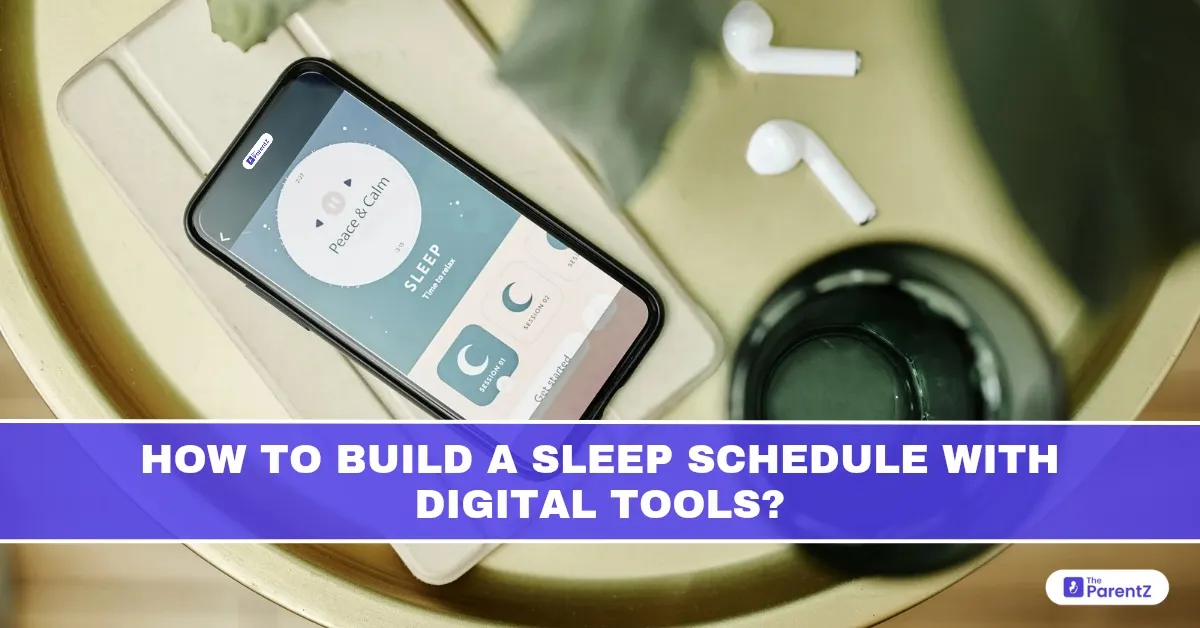If you’re a new parent, you’ve probably already realized that sleep is a precious commodity for both you and your baby. Figuring out how to help your baby sleep better is often overwhelming, especially when you’re running on fumes yourself. The good news? You’re not alone, and there are digital tools out there that can make this journey a whole lot easier.
Let’s walk through how to build a baby sleep schedule using digital tools step by step.
Step 1: Understand Your Baby’s Natural Sleep Patterns
Before jumping into any tool or app, take a few days to observe your baby. How long do they nap? When do they seem tired? Are they cranky at the same time every day? Babies, even newborns, often show patterns, though they may not be obvious at first.
Use a simple notebook or start using a sleep-tracking app right from day one. You don’t have to guess, as tracking helps you see their rhythms, which makes the next steps easier.
Step 2: Choose a Digital Tool That Works for You
You don’t need ten apps to build a sleep schedule. One reliable, easy-to-use tracker is enough. Look for tools that help you do the following:
- Log naps and bedtimes quickly
- Track patterns over days or weeks
- Offer gentle alerts or reminders
- Suggest routines based on your baby’s age
A helpful option is TheParentZ Baby Growth & Health Tracker. Its Sleep Tracker feature is built exactly for this. It gives you:
- Personalized sleep schedules with smart insights
- Nap and bedtime tracking
- Gentle alerts to help build consistent routines
- And over time, better sleep for everyone
Its quiet support in your pocket is especially useful when you’re tired and trying to remember the last nap time.
Step 3: Start Building a Simple Routine
Once you've tracked your baby’s natural rhythms for a few days, try to shape a routine around them instead of forcing a rigid one. Most babies do well with:
- Morning wake time that stays roughly the same
- Regular naps (same number each day, similar times)
- Wind-down activities before bed (dim lights, feeding, lullaby)
- A consistent bedtime window
Use your digital tool to set reminders and alerts for each part. This keeps you on track because we all lose track of time sometimes with a baby around.
Step 4: Expect Challenges and Know They're Normal
Sleep training isn’t always smooth. And that’s okay. Here are common hiccups you might face:
- Growth spurts or teething: Suddenly, they won’t sleep as well as before. It’s temporary. Stick to the routine as much as possible.
- Overstimulation before bedtime: Screen time or loud noise can mess with sleep. Try a quiet time at least 30 minutes before bed.
- Skipping naps: It happens, especially as babies grow. Just adjust the bedtime earlier if needed.
- Regression phases: Around 4 months, 8 months, or later — sleep gets disrupted. Use your app to keep logging, and it’ll help you spot when things get back on track.
Step 5: Stay Consistent but Flexible
Routines only work when they’re realistic. Don’t beat yourself up if every day doesn’t go perfectly. Some days, your baby will nap longer. Some days they won’t nap at all. That’s life. The real key is to stay mostly consistent. Digital tools help you keep track, spot trends, and gently guide you back on course when things go off track.
Things to Avoid
Here are a few common mistakes new parents make and what you can do instead:
- Being too strict too soon: Babies grow fast, and their needs shift. Allow for changes.
- Ignoring wake windows: Babies can’t stay awake too long. Track their awake time and watch for sleep cues.
- Comparing with other babies: Every baby is different. Don’t panic if your friend’s baby sleeps 10 hours and yours doesn’t.
- Using too many apps: Keep it simple. One solid tool (like TheParentZ app) is enough.
- Forgetting your own rest: Track your baby’s sleep, yes. But also prioritize your own rest where you can. Better routines help both of you.
Conclusion
Building a sleep schedule isn’t about being perfect. It’s about being in tune with your baby and creating a rhythm that works for your family. Digital tools make it easier, not by doing the parenting for you, but by guiding you gently and helping you stay consistent. And if you’re new to this? Start small. Track one nap a day. Use one reminder. Build from there. You’re doing better than you think.








Be the first one to comment on this story.